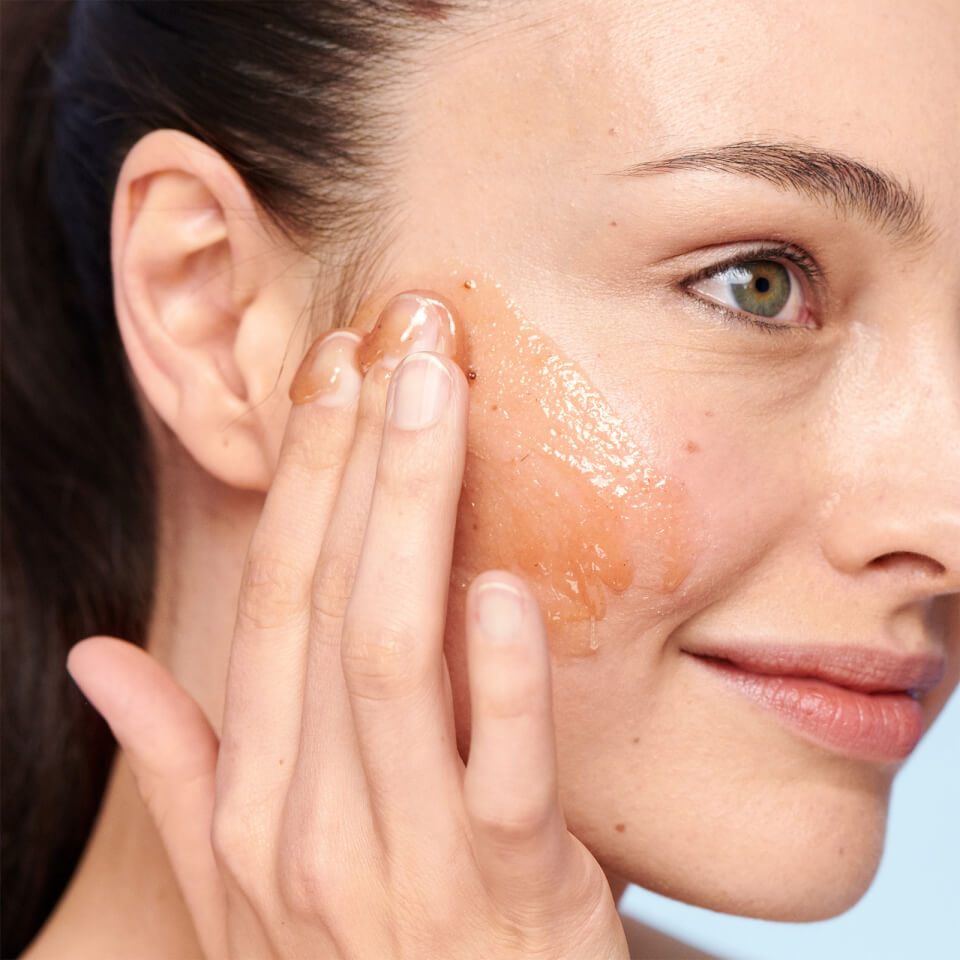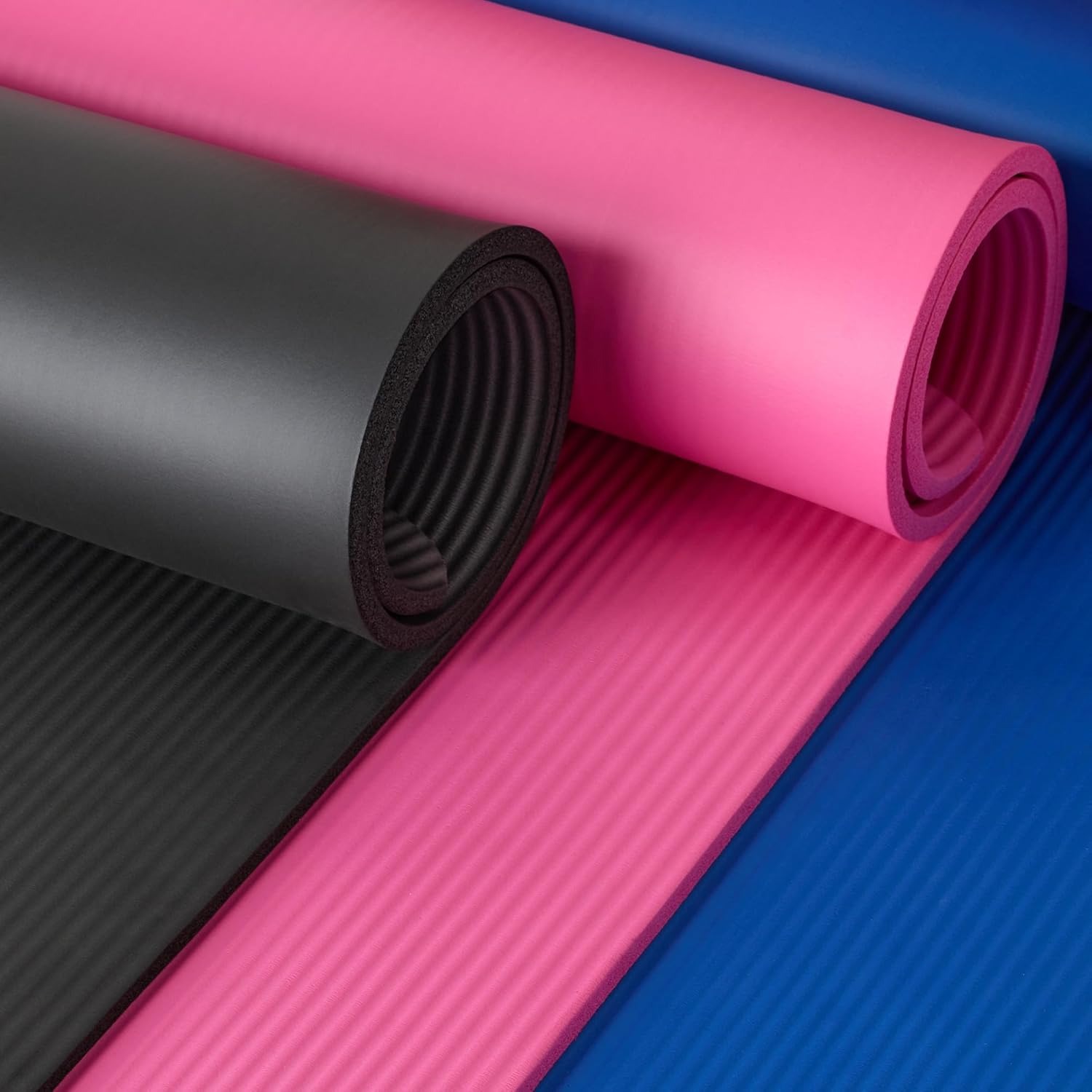Understanding Oily Skin and Its Challenges
Dealing with oily skin can be tough. The face often looks shiny or greasy. Pores can seem enlarged, leading to blackheads and acne. Oily skin is the result of overactive sebaceous glands. These glands produce excess sebum, which is the skin’s natural oil. Facial cleanser oily skin: Too much sebum can trap dirt and dead skin cells, causing clogged pores.
One major challenge is finding the right balance. It’s crucial not to strip the skin of all its natural oils. This can trigger more oil production, worsening the problem. It’s also important to avoid harsh products. They can irritate the skin and lead to more issues.
People with oily skin might struggle with makeup as well. It tends not to stay put as long. They often need to deal with frequent touch-ups throughout the day. Moreover, oily skin can sometimes look less radiant. It may have a dull or uneven texture in contrast to the desired smooth and matte finish.
Choosing the right facial cleanser is the first step to control oily skin. A good cleanser can help manage sebum production without causing irritation. With the diverse cleansers in the market, it can be confusing to pick the right one. This is why an understanding of key ingredients and what to look for is important.
With care, people with oily skin can overcome these challenges. They can achieve a clear, healthier-looking complexion by using products tailored for them, such as a facial cleanser for oily skin specifically designed to tackle these unique issues.
Key Ingredients to Look for in Facial Cleansers for Oily Skin
Selecting a facial cleanser for oily skin requires attention to its ingredients. These components target excess oil and help prevent problems like acne. Look for cleansers with the following key ingredients:
- Salicylic Acid: This beta-hydroxy acid (BHA) is vital in fighting acne. It works to exfoliate the skin and unclogs pores by removing dead skin cells.
- Glycolic Acid: An alpha-hydroxy acid (AHA) that improves texture and tone. It gently exfoliates and helps clear the way for fresh, new skin.
- Benzoyl Peroxide: Effective in killing acne-causing bacteria, it also helps peel out impurities from the skin.
- Niacinamide: Also known as Vitamin B3, it aids in reducing inflammation and oil production.
- Tea Tree Oil: A natural ingredient that has antibacterial properties. It can soothe the skin and prevent acne flare-ups.
- Sulfur: While less common, it helps in absorbing excess oil and has antibacterial effects.
Avoid ingredients that can dry out the skin too much. This can cause the skin to produce more oil to compensate. Aim for balance in the cleanser’s formula. Ensure it contains hydrating elements also, like hyaluronic acid or glycerin. A combination of effective oil control and gentle care makes for the best facial cleanser for oily skin. Choose cleansers that are non-comedogenic. They are less likely to clog pores and cause breakouts.
Remember, the goal is not to eliminate all oil but to manage it. This helps maintain skin that looks and feels healthy. By focusing on these key ingredients, you can find a facial cleanser that helps control oily skin without disrupting its natural balance.
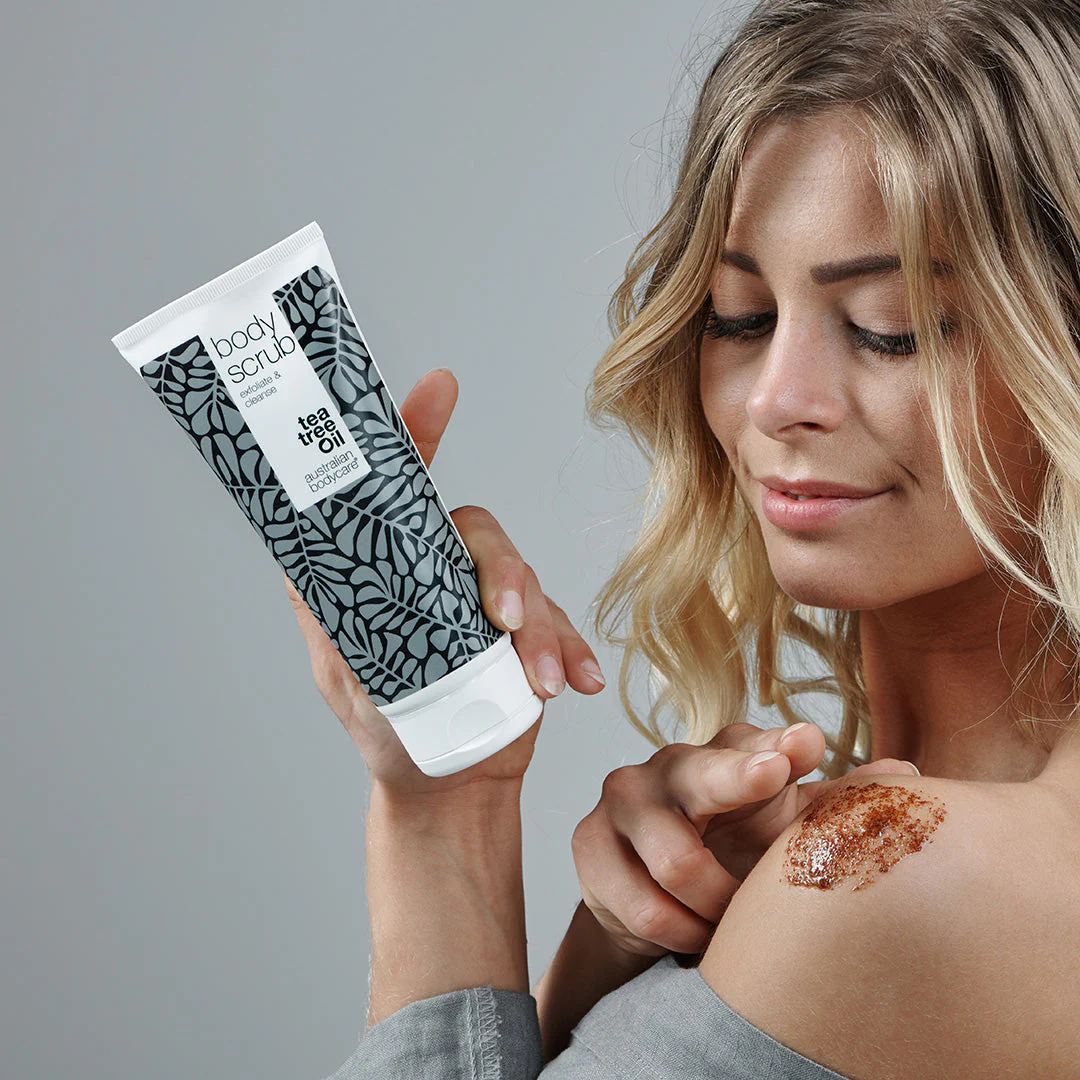
The Importance of pH Balance in Cleansers for Oily Skin
When choosing a facial cleanser for oily skin, pH balance is crucial. The pH scale measures how acidic or alkaline a substance is, ranging from 0 to 14. Human skin typically has a pH of around 5.5, leaning towards slight acidity. This natural acidity helps to protect our skin from bacteria and maintain a healthy barrier.
Cleansers with a high pH, which are more alkaline, can disrupt the skin’s natural barrier. This may lead to dryness, irritation, and even more oil production as the skin tries to compensate. On the other hand, cleansers with a pH that is too low can be too harsh, stripping the skin of its natural oils. This can also trigger an increase in oil production.
For oily skin, the goal is to choose a facial cleanser with a balanced pH, close to the skin’s natural level. Such a cleanser can effectively remove excess sebum without disrupting the skin’s acidity. This helps to keep the skin calm and prevent new breakouts.
Look for terms like ‘pH-balanced’ or ‘pH 5.5’ on the label of facial cleansers. This indicates that the product is formulated to work in harmony with your skin’s natural pH. Using a pH-balanced facial cleanser contributes to better skin health and supports your efforts in managing oily skin effectively.
Gel vs. Foam vs. Cream Cleansers: Which Type Is Best for Oily Skin?
Choosing the right type of facial cleanser is important for managing oily skin. Gel, foam, and cream cleansers differ and suit different skin needs. Here is how they match up:
- Gel Cleansers: These are clear and lightweight. They usually contain acids that target oil and acne. Gel cleansers can deeply cleanse without drying the skin too much. They are good for oily and combination skin types.
- Foam Cleansers: Foam cleansers lather up well. This makes them effective at removing excess oil and impurities. However, they can sometimes be too drying. People with oily but sensitive skin should use them cautiously.
- Cream Cleansers: Cream cleansers are richer and moisturizing. They may not be the best for oily skin as they can feel heavy. But if they’re non-comedogenic, they can still work without clogging pores.
For oily skin, gel and foam cleansers are generally preferred. They help regulate oil without stripping the skin of its natural moisture. Look for ones with ingredients like salicylic acid or tea tree oil. These can help in controlling oil production.
Remember to always check if a cleanser is non-comedogenic. It means it won’t clog pores. Also, ensure it maintains the skin’s pH balance close to 5.5. Clean, balanced skin is less prone to oiliness and acne.
When buying a facial cleanser for oily skin, try to get a sample first. This way, you can test how your skin reacts before purchasing the full-sized product.
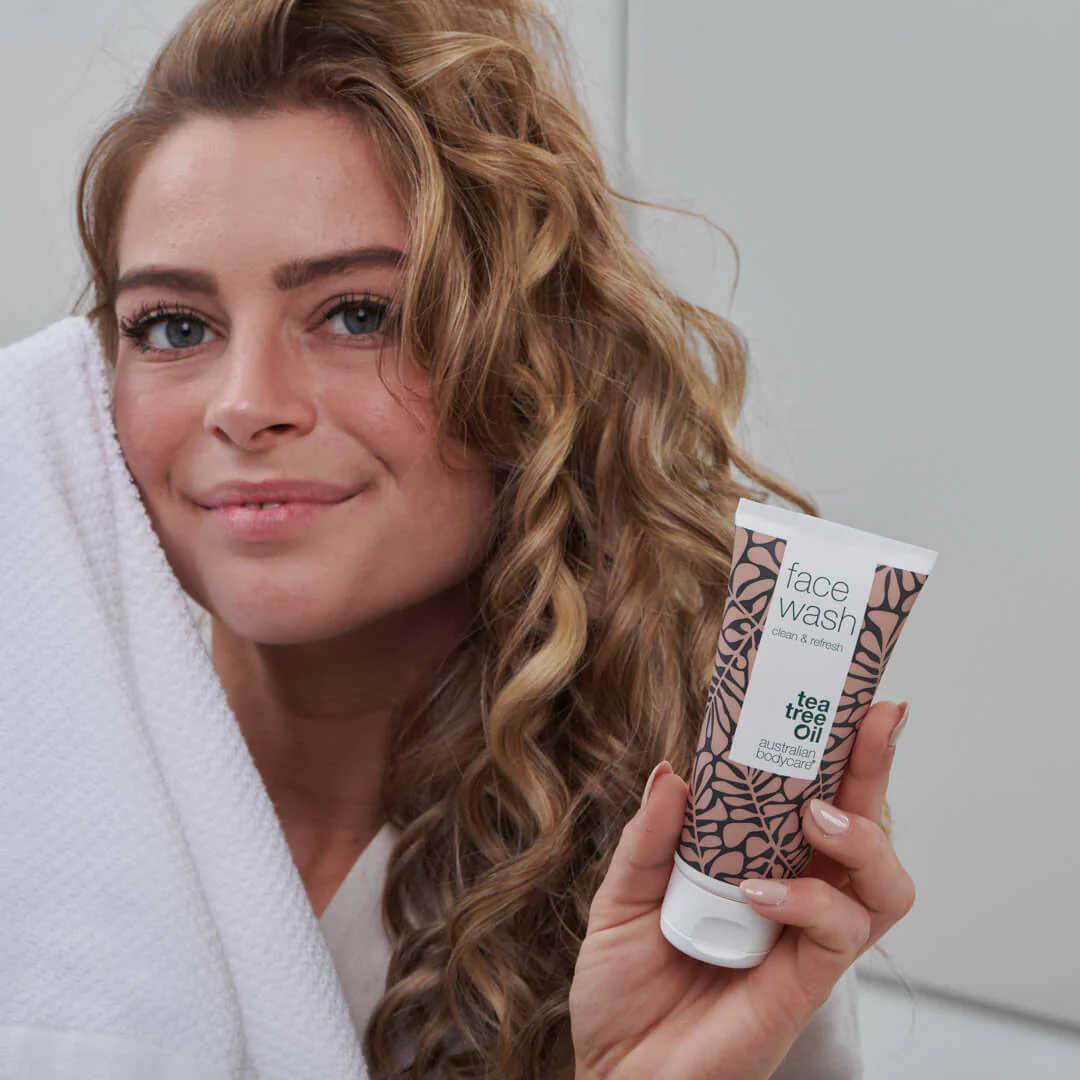
How to Properly Use a Facial Cleanser for Oily Skin
Finding the perfect facial cleanser for oily skin is only half the battle. Knowing how to use it effectively is key to managing oiliness and maintaining clear skin. Here’s a simple step-by-step guide to get the most out of your cleansing routine:
- Wash Your Hands First: Always start with clean hands to avoid transferring dirt and bacteria to your face.
- Use Lukewarm Water: Begin by wetting your face with lukewarm water. It’s gentle on the skin and helps to open pores.
- Apply a Small Amount: Squeeze out a dime-sized dollop of your facial cleanser. Too much can waste the product or over-dry your skin.
- Gently Massage: Apply the cleanser in circular motions. Focus on oily areas but be soft. Harsh scrubbing can irritate the skin.
- Take Your Time: Spend about a minute massaging the cleanser into your face. This ensures it works properly.
- Rinse Thoroughly: Wash off the cleanser completely with lukewarm water. Remaining residue can cause breakouts.
- Pat Dry: Use a clean towel and pat your skin dry gently. Don’t rub as this can trigger more oil production.
- Follow Up: After cleansing, follow up with an oil-free moisturizer to keep your skin hydrated.
Remember, using a facial cleanser is a daily commitment. For those with facial cleanser for oily skin, it’s best to cleanse twice daily, in the morning and at night. However, if your skin becomes dry or irritated, reduce to once a day. Consistent care is crucial for controlling oil and maintaining a healthy complexion.
The Role of Salicylic Acid and Charcoal in Managing Oily Skin
When managing oily skin, salicylic acid and charcoal are star players. Salicylic acid is a must-have for its ability to penetrate pores deeply. It breaks down the bonds holding dead skin cells together. This helps clear out pore blockages and reduce blemishes. Thanks to its exfoliating action, it keeps the skin’s surface smooth and reduces excess sebum. This makes it a key ingredient in many facial cleansers for oily skin.
Charcoal, on the other hand, is like a magnet for dirt and oil. When used in facial cleansers, it absorbs toxins and impurities from the skin’s surface. This is wonderful for oily skin types as it prevents the buildup that leads to acne. Plus, charcoal can help to refine the pores, making them look smaller.
For effective oil control, look for cleansers that include both of these ingredients. Salicylic acid works to keep the pores clear, while charcoal pulls out impurities. This combo can lead to a noticeable improvement in skin texture and oiliness. However, remember to use them carefully. Overuse of these ingredients may strip the skin too much and cause irritation.
In summary, salicylic acid and charcoal play special roles in managing oily skin. They keep pores clear and skin free from oil buildup. Together, they help maintain a balanced and healthy-looking complexion. When searching for a facial cleanser oily skin will appreciate, these ingredients are a strong duo.
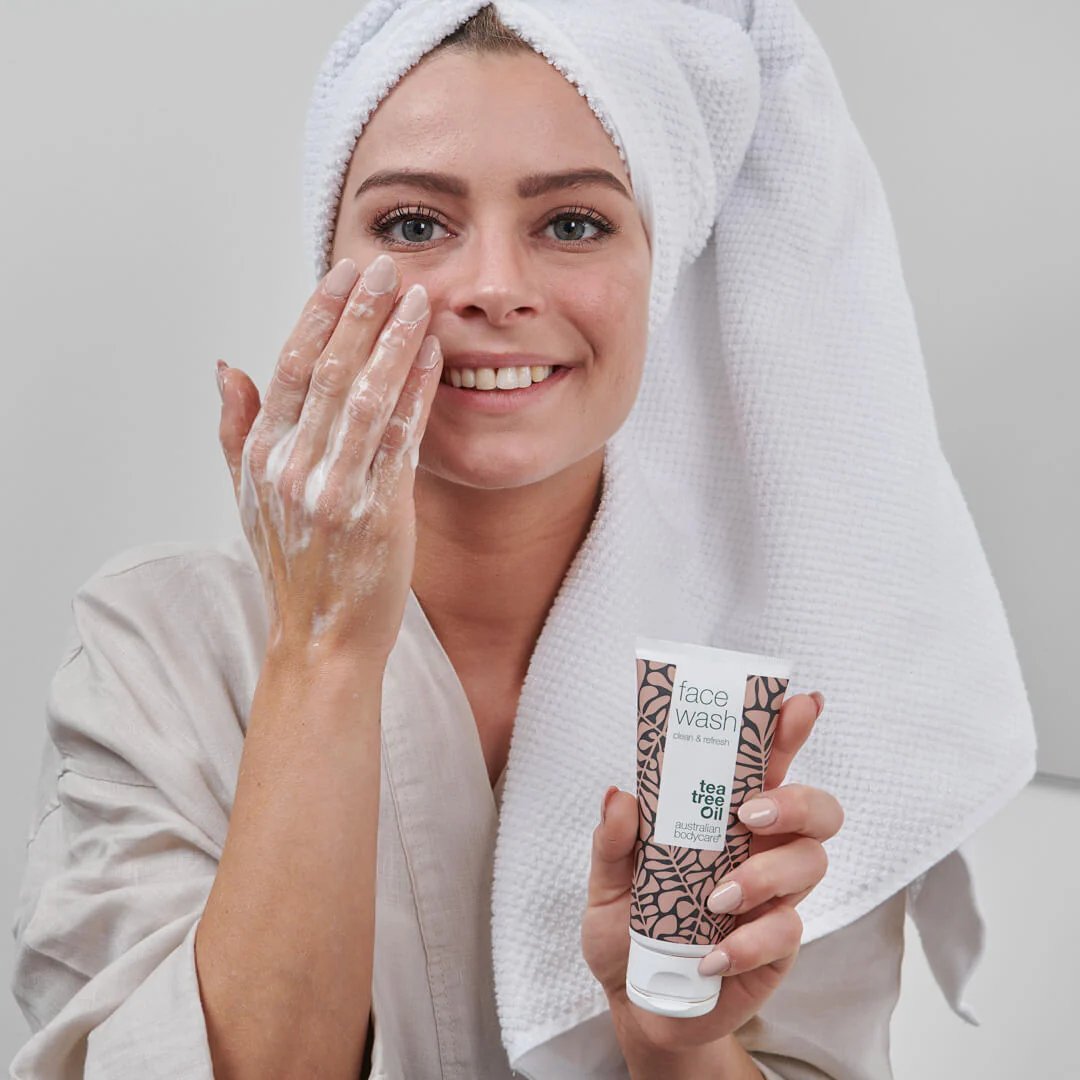
Recommendations: Top Cleansers for Oily Skin
After focusing on key ingredients and types of cleansers ideal for oily skin, let’s explore some top recommendations. Here are cleansers that come well-reviewed to help manage oily skin effectively:
- Gel-based Cleanser with Salicylic Acid: Gel cleansers like those containing salicylic acid can deeply clean pores. They may also prevent acne.
- Foaming Cleanser with Tea Tree Oil: Foaming options with tea tree oil tackle oil and bacteria. They can leave skin feeling fresh.
- Charcoal-infused Cleanser: Cleansers with charcoal are excellent at pulling impurities from the skin.
- pH-balanced Cleanser: Choose one that states ‘pH-balanced’. Such a cleanser can ensure your skin’s barrier stays healthy.
- Cleanser with Niacinamide: Ones containing niacinamide can help control oil and reduce redness.
It is crucial to remember that every person’s skin can react differently. Always perform a patch test when trying a new product. Starting with a sample size is a smart choice.
Finally, while controlling oil is key, don’t forget hydration. Pick a cleanser that cleans without stripping the skin of moisture. Consistency in using a facial cleanser for oily skin, suited to your needs, can lead to a visible change in your skin’s health. Seek out these recommended cleansers and give them a try to find the one that works best for you.
Establishing an Oily Skin Care Routine: Next Steps After Cleansing
Once you’ve cleaned your face with the right facial cleanser for oily skin, your skincare journey doesn’t end there. A full routine, catering to oily skin, is vital for keeping your skin health in top shape. Here are the steps to follow after cleansing:
- Tone Your Skin: A good toner can remove any leftover impurities. It also restores your skin’s pH levels. Look for alcohol-free toners with witch hazel or salicylic acid. These are gentle and effective for oily skin.
- Apply Serum: A serum with active ingredients like niacinamide can help to control oil. It may also improve your skin’s overall texture. Use a few drops and pat them into the skin gently.
- Moisturize: Yes, oily skin needs hydration too. Choose an oil-free, non-comedogenic moisturizer. Aim for one with hyaluronic acid or aloe vera. These ingredients provide moisture without clogging pores.
- Sun Protection: Always finish with a layer of sunscreen. Pick an oil-free formula with at least SPF 30. This protects your skin from harmful UV rays and prevents damage.
- Weekly Treatments: Use a clay mask or exfoliating scrub once a week. These can deep cleanse and manage oil production even more.
Adhering to this routine daily will help manage oily skin effectively. It can reduce the chance of acne and keep your skin looking fresh. Remember, the consistency of your routine is key to seeing results. Embark on this routine and notice a healthier, more balanced complexion over time.
